Most Popular
Eye Plus
[Eye Plus] Talchum: Dancing to reveal the faces of Joseon
By Lim Jae-seongPublished : June 3, 2023 - 16:01

“Korean pop music, dramas and films are popular overseas. But there are also other ‘hip’ cultures in Korea waiting to be discovered,” Gangnyeong Talchum performer Park In-sun said.
Gangnyeong Talchum is a type of Korean traditional mask play, performed around the Dano holiday, May 5 in the lunar calendar, falling on June 22 of the solar calendar this year.
As its name signifies, Gangnyeong Talchum originates from Gangnyeong in Hwanghae Province, in the southwest of North Korea.

In Gangnyeong Talchum, dozens of characters perform seven chapters of a drama that reveals the various tensions among people with different social status during the Joseon era (1392-1910).
As a performer, Park fills her schedule with exercise after exercise in order to deliver the features of each character through the different talchum methods – acting, singing and rhythmic dancing – to the audience.
“Songs, stories and witty satire and humor all appear in talchum, to say nothing about dance,” said the 30-year-old performer.

Performing in Korea’s traditional wooden masks -- or “tal” -- is difficult, Park says.
“During performances, the masks block our vision and even keeping one's balance while standing up requires a lot of effort. The mask also disturbs one's breathing when singing or dancing and it feels suffocating. But I am happy when playing talchum,” she said.
“I feel my expressions expand when performing in tal. Each motion and breath become those of the character I play, and such moments are extremely rewarding artistically,” Park added.
The tal captures the essence of talchum, supported by the players' dancing in colorful costumes. Park said she has been given compliments on the beauty of the masks in her performances overseas.
“Tal are really ‘hip.’ I want younger generations to be interested in tal and talchum,” she stressed.
Photos by Park Hae-mook
Written by Park Hae-mook, Lim Jae-seong





![[Herald Interview] How Gopizza got big in India](http://res.heraldm.com/phpwas/restmb_idxmake.php?idx=644&simg=/content/image/2024/11/20/20241120050057_0.jpg&u=20241120164556)


![[KH Explains] Dissecting Hyundai Motor's lobbying in US](http://res.heraldm.com/phpwas/restmb_idxmake.php?idx=644&simg=/content/image/2024/11/20/20241120050034_0.jpg&u=)
![[Kim Seong-kon] Farewell to the vanishing John Wayne era](http://res.heraldm.com/phpwas/restmb_idxmake.php?idx=644&simg=/content/image/2024/11/19/20241119050096_0.jpg&u=)
![[Graphic News] 70% of S. Koreans believe couples can live together without tying the knot: survey](http://res.heraldm.com/phpwas/restmb_idxmake.php?idx=644&simg=/content/image/2024/11/19/20241119050098_0.gif&u=)
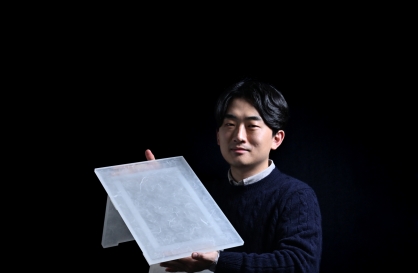
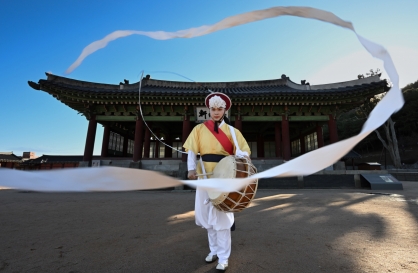
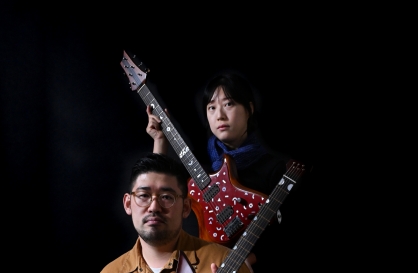
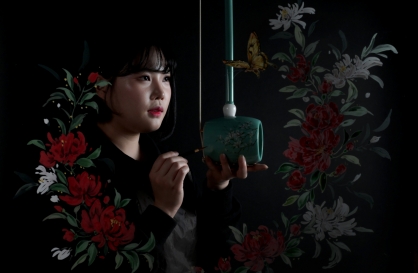
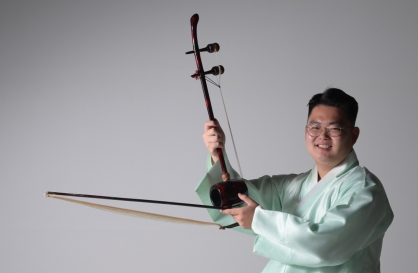







![[Today’s K-pop] Blackpink’s Jennie, Lisa invited to Coachella as solo acts](http://res.heraldm.com/phpwas/restmb_idxmake.php?idx=642&simg=/content/image/2024/11/21/20241121050099_0.jpg&u=20241121172748)